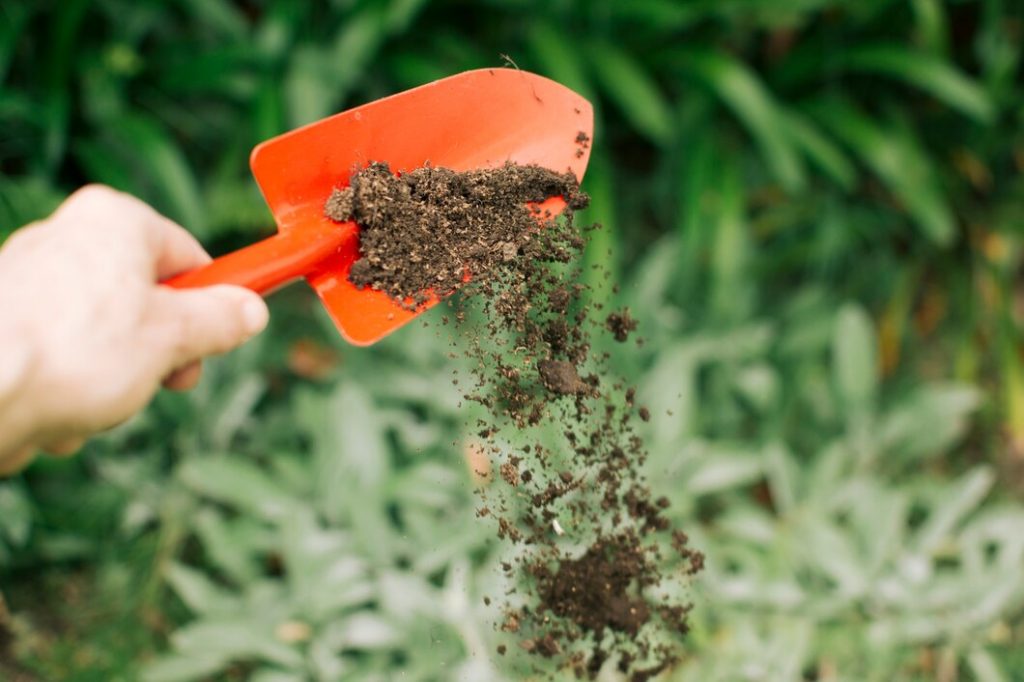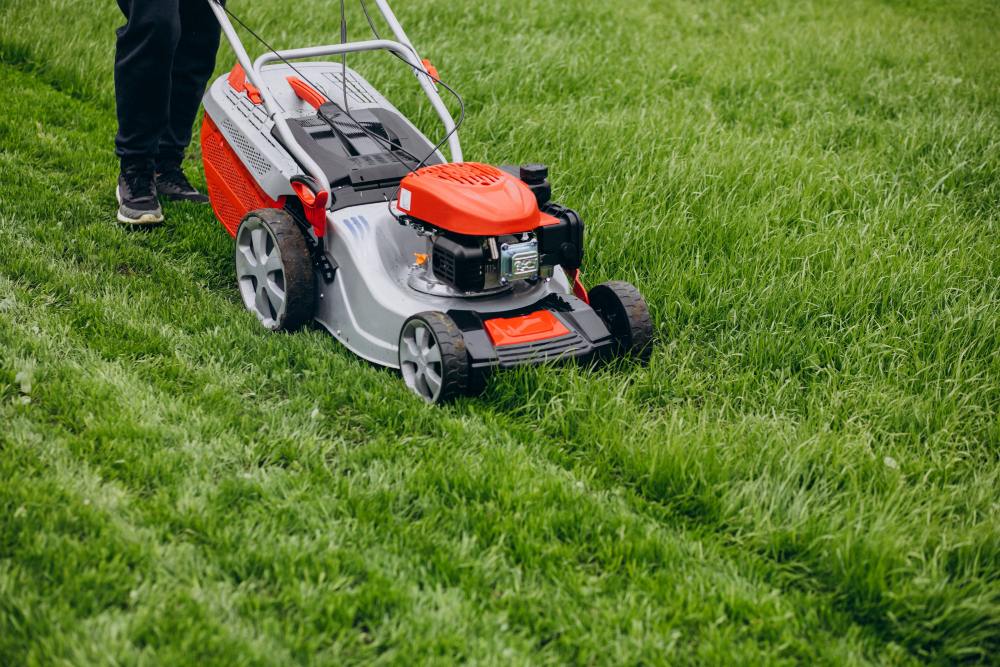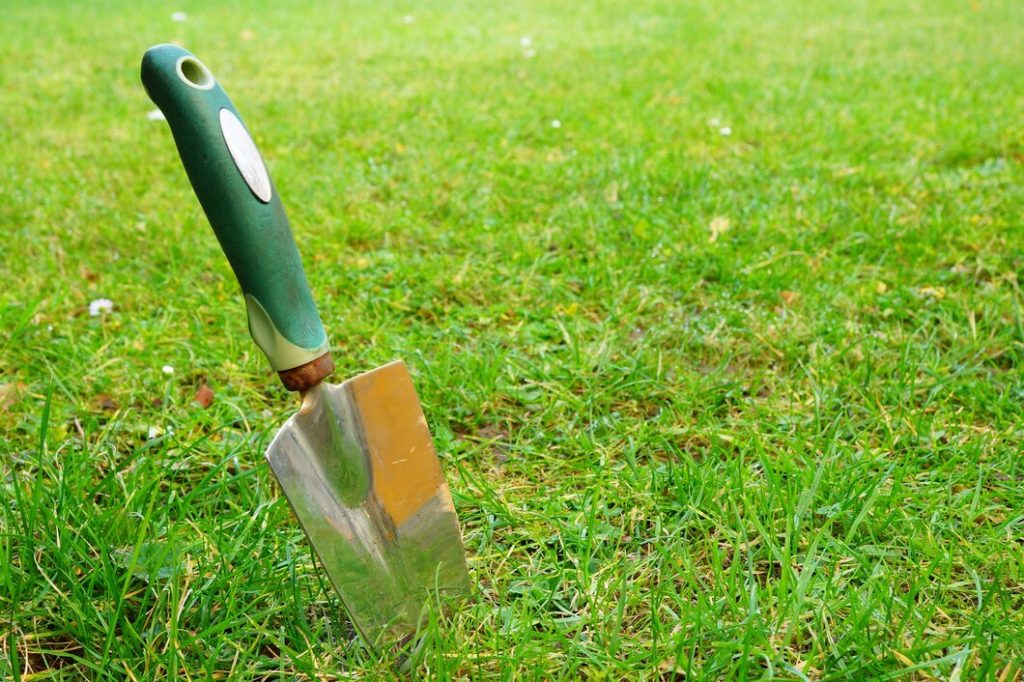- Water your lawn deeply but infrequently to encourage deep root growth and reduce water wastage.
- Regularly mow your grass to the optimal height, keeping it short and short enough.
- Use organic fertilizers to nourish your lawn, applying them during the growth seasons for best results.
- Aerate your lawn annually to improve water, nutrients, and oxygen penetration into the soil.
- Control weeds promptly using eco-friendly methods to prevent them from competing with your grass for resources.
A vibrant, velvety lawn can be the jewel of your home’s exterior, a green welcome to all who venture onto your property. Yet maintaining this green paradise is a commitment beyond an occasional mow. Homeowners who truly want their lawns to thrive must be willing to put in the time and effort year-round.
The care and maintenance of a lawn are as much an art as a science, blending practical knowledge with the appreciation of landscaping aesthetics. This comprehensive guide will dissect the essential maintenance tips that transform a barren patch into a tapestry of green. Whether you are a seasoned gardener or a novice homeowner ready to take the reins, following these steps will help you achieve the lawn of your dreams while enhancing your home’s curb appeal.
Understanding Your Lawn’s Needs
To establish a flourishing lawn, it’s crucial to first understand what your patch of green requires. This process encompasses the health of the soil and choosing the right type of grass.
Soil Health
Healthy soil is the bedrock of a robust lawn. A soil test can unveil vital information about pH levels, nutrient deficiencies, and composition. Adjusting the pH can enhance the soil’s ability to absorb essential nutrients. Organic matter can also improve soil texture and water retention, promoting better root development.

Right Type of Grass
Different grass types thrive in different climates and require specific inputs. Warm-season grasses, like Bermuda and Zoysia, perform best in hot, southern climates, while cool-season varieties, such as Kentucky bluegrass and fescues, are more suitable for the North. Selecting the right grass for your location and local climate will set the stage for a healthier lawn that requires less intervention.
Watering Practices
Proper watering is the elixir that sustains your lawn. Overwatering can lead to shallow roots and disease while underwatering results in stress and browning.
Effective Watering Strategies
The best time to water your lawn is early morning, allowing the grass to dry during the day and minimizing the risk of fungus. Aim for about an inch of water per week from natural rainfall or irrigation. It’s important to water deeply, infrequently, and evenly.
Invest in a rain gauge to monitor the water your lawn receives, and adjust irrigation accordingly. Be mindful of local water restrictions and techniques like drip irrigation to optimize water usage.
Routine Lawn Care
Routine maintenance is where the art of lawn care meets the science. Mowing, aeration, and fertilization are the cornerstones of a well-kept lawn.
Mowing Techniques
The golden rule of mowing is the ‘one-third’ rule — never remove more than one-third of the grass height in a single mowing. This encourages a deeper root system and creates a denser, more resilient lawn.

Adjust the height of your mower blades according to the grass type and seasonal growth patterns. Mow more frequently in the spring and fall when grass is actively growing and less often during the summer dormancy period.
Aeration
Aeration is the process of perforating the soil with small holes to allow nutrients, water, and air to penetrate the roots. Compaction from foot traffic and heavy machinery can suffocate your lawn.
Aerating your lawn once a year, typically in the fall or spring, can revitalize your soil and promote a lusher, healthier lawn. You can use a spike aerator or a core aerator, which is more effective at relieving compaction.
Fertilization
Fertilization provides the necessary nutrients for your grass to thrive. Opt for slow-release, granular fertilizers rather than liquid formulas for more extended benefits.
Apply fertilizer based on your grass type and your lawn’s specific needs, typically in the spring, summer, and fall. Avoid overfertilizing, as it can lead to excess growth and the need for more water and mowing.
Pest and Weed Management
Managing pests and weeds is a crucial component of lawn maintenance. Left unchecked, they can wreak havoc on your lawn’s health and aesthetics.
Identifying and Controlling Pests
Grubs, chinch bugs, and armyworms are some common lawn pests. Regular inspection can help you spot signs of pest damage early.
Implement natural predators, like nematodes for grubs, or use targeted treatments. Always follow instructions carefully and consider employing integrated pest management (IPM) principles, which combine multiple control strategies for maximum effectiveness and minimum environmental impact.
Weed Prevention and Removal
Prevention is key when it comes to weeds. Maintaining a healthy, thick lawn through proper watering, fertilization, and mowing can outcompete most weed species.
Hand-pulling is effective for small infestations of existing weeds. For larger areas, consider spot treatments with herbicides, being cautious not to harm your grass. Always use products labeled for your specific grass type and the type of weeds you are targeting.
Seeking Professional Help
While many lawn care tasks can be DIY, there are certain scenarios where professional help is not only advisable but essential. Professionals often have the expertise and equipment to precisely handle complex lawn care tasks.
Services for specialized care, such as pest control, aeration, and lawn design, can alleviate the stress of maintaining a lawn on your own. Hiring a landscaping company can also save you time and effort, allowing you to enjoy your beautiful lawn without the added workload. Additionally, professionals can guide proper lawn care practices tailored to your specific region and climate.
Property consultation services can be particularly helpful if you need help figuring out where to start with a new lawn or face recurring challenges maintaining the current one. Professionals can assess your landscape’s unique conditions, offer tailored advice, and even assist with executing a maintenance plan.
Conclusion
Maintaining a healthy lawn involves a blend of dedicated effort and intelligent strategy. By following the maintenance tips outlined in this guide, you can ensure that your lawn looks beautiful but is also teeming with the life and vigor that defines a truly healthy landscape.
Remember, the key to long-lasting lawn health is consistent, mindful care. Regular maintenance will pay dividends in enjoyment and property value, and sustainable practices will ensure that your green oasis remains an asset to your home and the environment for years to come.




